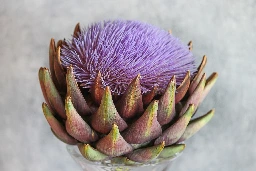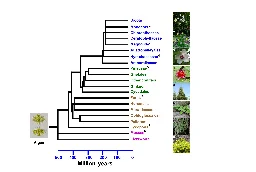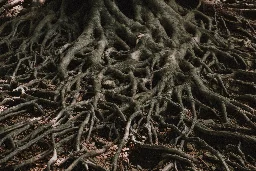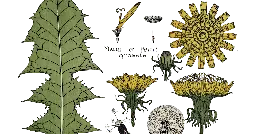Botany
- Wanted: expedition botanist to follow in Darwin’s footsteps and look for plantswww.theguardian.com Wanted: expedition botanist to follow in Darwin’s footsteps and look for plants
If you have a sense of adventure and know your squills from your spurges, Cambridge University Botanic Garden may have the job for you

- Moondance: Night Blooming American Tobaccotheamericanscholar.org Moondance - The American Scholar
Experience the marvel that is night-blooming tobacco
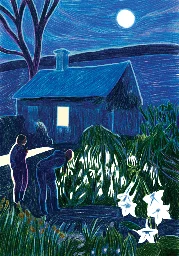
- Why do plants wiggle? New study provides answersphys.org Why do plants wiggle? New study provides answers
In a new study, physicists from the United States and Israel may have gotten to the bottom of a quirky behavior of growing plants—and a mystery that intrigued Charles Darwin himself during the later decades of his life.
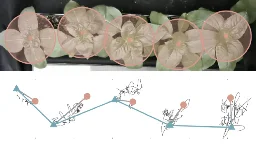
- Genetics solves a thorny problem: how plants have pricklescosmosmagazine.com Genetics solves a thorny problem: how plants have prickles
Thorns – technically termed prickles – are a common feature on many drastically different plants. They represent an evolutionary puzzle.
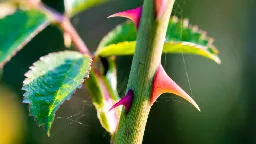
- The fixed life of plants and its constraints - Encyclopedia of the Environmentwww.encyclopedie-environnement.org The fixed life of plants and its constraints - Encyclopedia of the Environment
The plants are fixed to the soil by their roots. They must therefore necessarily be able to adapt to their environment. How do they do it?
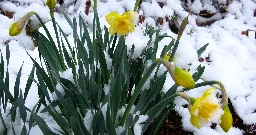
- New discoveries regarding tomato hormones can increase total yieldphys.org New discoveries regarding tomato hormones can increase total yield
In an article published in the journal Proceedings of the National Academy of Sciences, researchers at the University of São Paulo's Luiz de Queiroz College of Agriculture (ESALQ-USP) in Brazil describe for the first time how strigolactones, plant hormones discovered several decades ago, control flo...
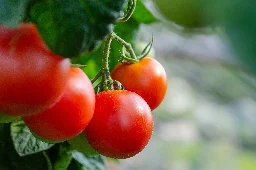
- Hundreds of racist plant names will change after historic vote by botanistswww.nature.com Hundreds of racist plant names will change after historic vote by botanists
Scientific designations containing a racial slur will be altered — the first time that any species names have been adjusted because of the offence they cause.

- Many plant names are offensive: botanists will vote on whether to change themwww.nature.com Many plant names are offensive: botanists will vote on whether to change them
Researchers at an international meeting will also consider how to monitor names that have problematic roots.

- Genetic discovery delays peach bloom, safeguards crops from spring frostphys.org Genetic discovery delays peach bloom, safeguards crops from spring frost
In a pivotal advancement for fruit agriculture, scientists have pinpointed a gene mutation in peach trees that governs the timing of flowering, a trait critical for evading spring frosts. This genetic insight could transform breeding practices, enabling the development of late-flowering fruit variet...
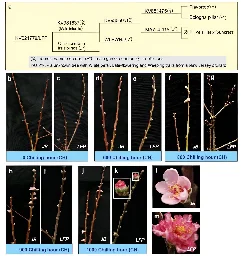
- Calling for Some Interesting Botany Books
Every time I look more and more into botany and plants, I realize just how much I don't know. So I'm calling on you good people of Lemmy to give me some resources. Plus maybe we can add them to the sidebar or a pinned post for other people who are interested.
- How plants heal wounds: Mechanical forces guide direction of cell divisionphys.org How plants heal wounds: Mechanical forces guide direction of cell division
Plants are made up of very rigid cells. Much like bricks in a wall, this feature gives them the structural support to maintain their shape and to stand upright against gravity. However, just like any living organism, plants can be injured, for instance, by wind or animal grazing. While humans and an...

- Plants Find Light Using Gaps Between Their Cells | Quanta Magazinewww.quantamagazine.org Plants Find Light Using Gaps Between Their Cells | Quanta Magazine
A mutant seedling revealed how plant tissues scatter incoming light, allowing plants to sense its direction and move toward it.

- Back from the dead: Tropical tree fern repurposes its dead leavesnews.illinois.edu Back from the dead: Tropical tree fern repurposes its dead leaves
Zombie leaves? A species of tree fern found only in Panama reanimates its own dead leaf fronds, converting them into root structures that feed the mother plant. @LASillinois @DallingJim
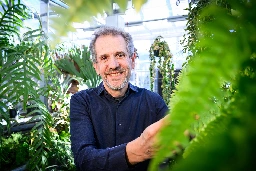
- Genetic control of thermomorphogenesis in tomato inflorescences - Nature Communicationswww.nature.com Genetic control of thermomorphogenesis in tomato inflorescences - Nature Communications
Mechanisms underlying changes in inflorescence development in response to high ambient temperature remain unclear. Here, the authors report the cloning of the MIB2, encoding a homology of SPATULA, and its activation of CONSTANS-Like1 for determining tomato inflorescence branching at high ambient tem...

- What Plants Hearnautil.us What Plants Hear
They sense the buzzing sounds of pollinators, the vibrations of the wind.
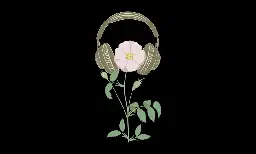
- Back from the dead: Tropical tree fern repurposes its dead leaveswww.sciencedaily.com Back from the dead: Tropical tree fern repurposes its dead leaves
Plant biologists report that a species of tree fern found only in Panama reanimates its own dead leaf fronds, converting them into root structures that feed the mother plant. The fern, Cyathea rojasiana, reconfigures these 'zombie leaves,' reversing the flow of water to draw nutrients back into the ...

- Plants That Are Predators (Published 2015)www.nytimes.com Plants That Are Predators (Published 2015)
Carnivorous plants like the Venus flytrap capture prey, and minds, with their deadly allure.
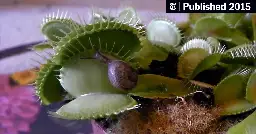
- The mystery of the mimic plantwww.vox.com The mystery of the mimic plant
There’s drama in the plant world — and a shape-shifting vine is at the center of it.

- Flowers ‘giving up’ on scarce insects and evolving to self-pollinate, say scientistswww.theguardian.com Flowers ‘giving up’ on scarce insects and evolving to self-pollinate, say scientists
French wild pansies are producing smaller flowers and less nectar than 20 to 30 years ago in ‘startling’ act of evolution, study shows
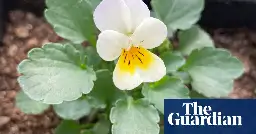
Flowers are “giving up on” pollinators and evolving to be less attractive to them as insect numbers decline, researchers have said.
A study has found the flowers of field pansies growing near Paris are 10% smaller and produce 20% less nectar than flowers growing in the same fields 20 to 30 years ago. They are also less frequently visited by insects.
“Our study shows that pansies are evolving to give up on their pollinators,” said Pierre-Olivier Cheptou, one of the study’s authors and a researcher at the French National Centre for Scientific Research. “They are evolving towards self-pollination, where each plant reproduces with itself, which works in the short term but may well limit their capacity to adapt to future environmental changes.”
- Comparing iNaturalist to herbarium data, and other storiesbotany.one Comparing iNaturalist to herbarium data, and other stories
How do citizen scientists compare with digitised herbarium data? A question asked by one of the papers we shared on social media over the past day.

- An amazing poster series on the natural history of plantszenodo.org Grün, Steine, Erde. Unsere Welt im Wandel.
Bebilderte Ausstellung zur Entstehungsgeschichte der Pflanzen - vom Beginn des Lebens in den Ozeanen, zur Eroberung des Landes über die atemberaubende neue Vielfalt der Pflanzen bis hin zu uns Menschen und den dramatischen Auswirkungen des Klimawandels heute.
Produced by the MAdLand consortium and made publically accessible via Zenodo. The series was presented in exhibition form in several botanical gardens across Germany this summer. Only this German version exists, unfortunately.
- Take a break from your screen and look at plants − botanizing is a great way to engage with life around youworldsensorium.com Take a break from your screen and look at plants − botanizing is a great way to engage with life around you
Take a break from your screen and look at plants − botanizing is a great way to engage with life around you When you hear about the abundance of life on Earth, what do you picture? For many people, it’s animals – but awareness of plant diversity is growing rapidly. By Jacob S. Suissa & Ben...

- MSU plant biologists shed light on 144-year-old seedy mysterymsutoday.msu.edu MSU plant biologists shed light on 144-year-old seedy mystery
Two years after Michigan State University plant scientists met at an undisclosed area on campus to dig up a bottle containing seeds buried more than 144 years ago by MSU botanist William J. Beal, molecular genetic testing has confirmed a hybrid plant was accidentally included among the seeds in the ...
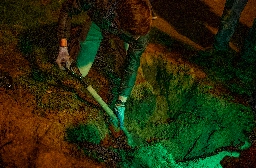
- Why Is Everything an Orchid? Orchids were Darwin’s “abominable mystery.” They continue to elude science—and efforts to save them.nautil.us Why Is Everything an Orchid?
Orchids were Darwin’s “abominable mystery.” They continue to elude science—and efforts to save them.

- Ranunculus repens, aka the "Creeping Buttercup" sporting some drippy spots. 💅

Guide to ID UK buttercups: https://botsocscot.wordpress.com/2020/06/06/three-of-our-common-buttercups-telling-them-apart/
- Parasitic plant convinces hosts to grow into its own flesh—it's also an extreme example of genome shrinkagephys.org Parasitic plant convinces hosts to grow into its own flesh—it's also an extreme example of genome shrinkage
If you happen to come across plants of the Balanophoraceae family in a corner of a forest, you might easily mistake them for fungi growing around tree roots. Their mushroom-like structures are actually inflorescences, composed of minute flowers.
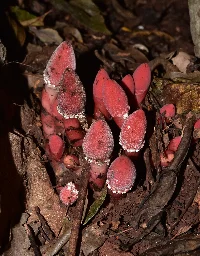
- *A Careful Selection of Whisk Ferns* (1837)publicdomainreview.org *A Careful Selection of Whisk Ferns* (1837)
Curious two-volume illustrated book on bonsai which dispensed not only with the vessels but with the trees themselves.

- Plants don’t have ears. But they can still detect soundwww.economist.com Plants don’t have ears. But they can still detect sound
Sometimes they produce it, too

- The Artichoke Blossom, an Exploding Castleworldsensorium.com The Artichoke Blossom, an Exploding Castle
The Artichoke Blossom, an Exploding Castle By Sam Stoeltje Sign up for our monthly newsletter! In June, I crossed the Atlantic with my partner for a much-needed vacation. A leg of the trip brought us to Avignon, in southern France, where in the fourteenth century, due to the fluctuations of religiou...
